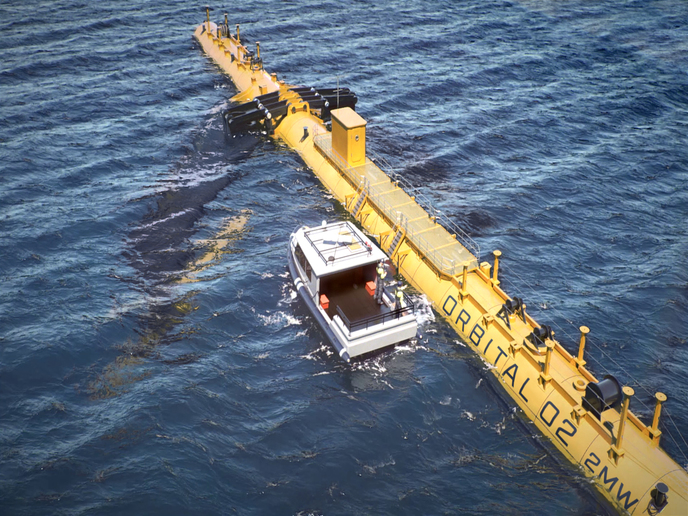High-performance computing for high-performing wind farms
If Europe is to meet its goal of becoming the first climate-neutral continent by 2050, it must address its energy system – which currently accounts for more than 75 % of all greenhouse gas emissions. Knowing that the key to doing so is renewables, the EU aims to increase its share of renewable energy to 40 % by 2030, up from about 20 % in 2019. “Wind energy is well-positioned to be Europe’s renewable energy of choice,” says Atanas Popov, a professor of engineering at the University of Nottingham(opens in new window). “It already accounts for 15 % of Europe’s electricity, and it has the advantages of being scalable, cost-efficient and readily available.” The problem is that Europe is not building enough new wind energy capacity to reach its targets. According to WindEurope(opens in new window), the EU only built 11 GW of new farms in 2021 and is set to build 18 GW a year between 2022 and 2026. However, to meet its 2030 renewables target, the EU needs to build 30 GW a year of new wind energy capacity. Addressing this challenge are initiatives like the EU-funded HPCWE project(opens in new window), which aims to use high-performance computing (HPC) to improve the efficiency of wind farms and, as a result, increase the uptake of wind energy. “Our goal was to use the latest in HPC to better understand the physics of atmospheric flow affecting the behaviour and performance of turbines and wind farms,” explains Popov, who serves as the project’s coordinator.
An EU-Brazil wind energy network
To maximise the project’s impact, EU researchers teamed up with their counterparts in Brazil, a country that currently has the world’s 9th largest wind capacity. It is also experiencing over 10 % annual growth, with nearly 500 wind farms already in operation. “By establishing an EU-Brazil wind energy network that brings together universities, companies and consultancies, we were able to build and test beyond state-of-the-art HPC strategies for the numerical simulation of wind flow in wind energy exploitation,” adds Popov.
Towards more efficient wind farms
By leveraging the two regions’ expertise, the project succeeded at demonstrating the effective and efficient use of HPC in conducting wind energy simulations. Specifically, it developed and implemented a number of innovative algorithms that led to new solutions for verification, validation, uncertainty quantification, and in situ scientific data interpretation. Another key outcome was the accurate and seamless integration into models and simulations of the various geospatial and temporal scales involved in atmospheric flow and wind turbine structural behaviour. Researchers also succeeded at implementing new methods – including software tools – for managing large sets of data. “These outcomes will undoubtedly prove useful to industry and other stakeholders,” says Popov. “For example, the HPC tools developed in the project will reshape many industrial practices and R&D activities happening in wind energy.” Furthermore, HPC resource service providers will be able to utilise the project’s outcomes to improve the performance and power efficiency of fluid simulation in wind energy, while research organisations can use the project’s innovative algorithms to simulate new and larger wind energy-related problems. “Our work has laid the foundation for the more advanced experiments and simulations that will ultimately increase the efficiency of turbines and wind farms and thus drive the uptake of wind energy,” concludes Popov.







